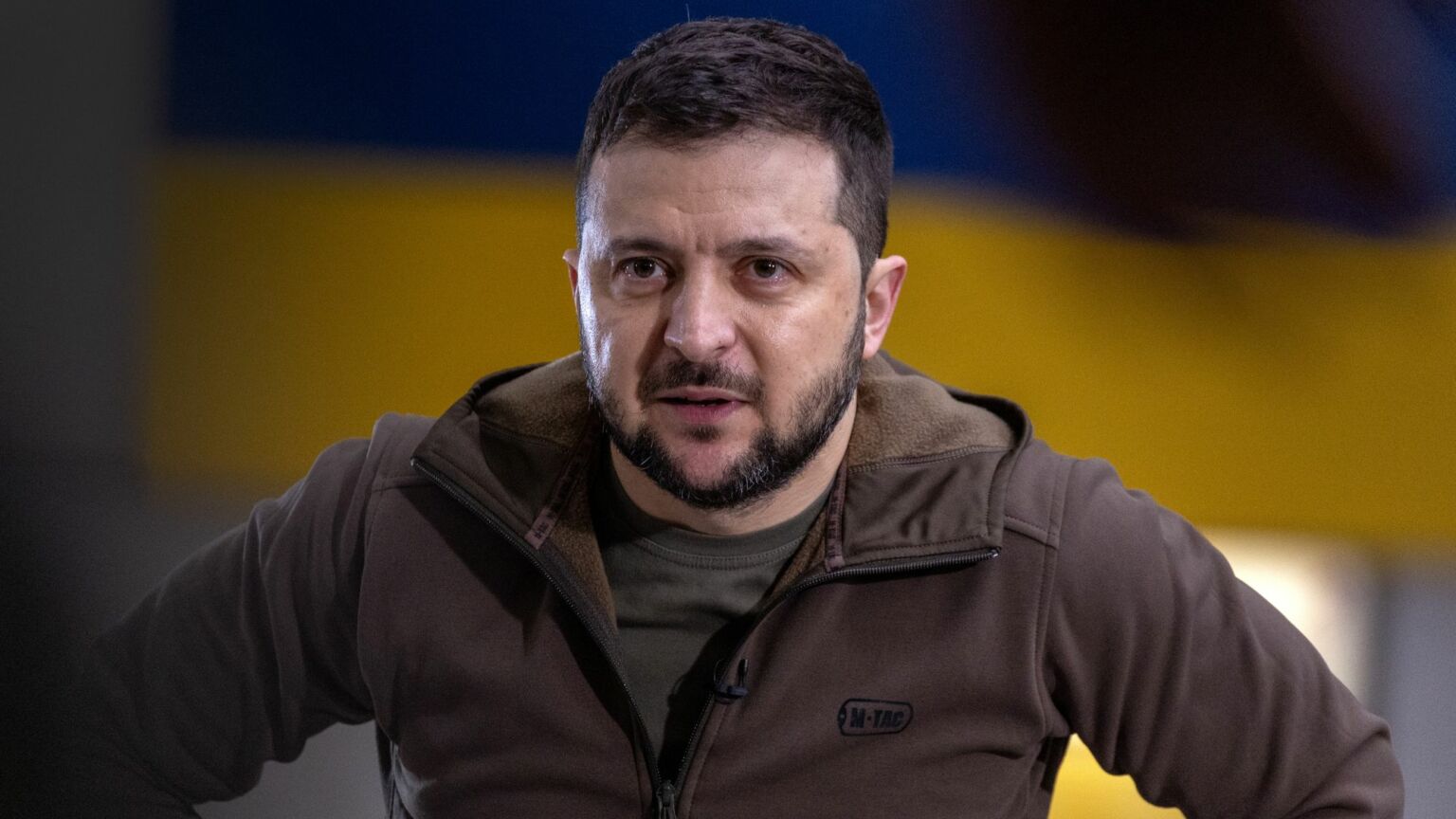By Robert Reich
Where employees are a corporation’s key assets, workers’ greater power comes in threatening to walk out the door
When Elon Musk bought Twitter for $44bn, he clearly didn’t know that the key assets he was buying lay in Twitter’s 7,500 workers’ heads.
On corporate balance sheets, the assets of a corporation are its factories, equipment, patents, and brand name.
Workers aren’t considered assets. They appear as costs. In fact, payrolls are typically two-thirds of a corporation’s total costs. Which is why companies often cut payrolls to increase profits.
The reason for this is corporations have traditionally been viewed as production systems. Assets are things that corporations own, which turn inputs — labor, raw materials, and components — into marketable products.
Reduce the costs of these inputs, and — presto — each product generates more profit. Or that’s been the traditional view.
Yet today, increasingly, corporations aren’t just production systems. They’re systems for directing the know-how, know-what, know-where, and know-why of the people who work within them.
A large and growing part of the value of a corporation now lies in the heads of its workers – heads that know how to innovate, know what needs improvement, know where the company’s strengths and vulnerabilities are found, and know why the corporation succeeds (or doesn’t).
These are becoming the key assets of today’s corporations – human assets that can’t be owned, as are factories, equipment, patents, and brands. They must be motivated.
So when Musk fired half of Twitter’s workers, then threatened to fire any remaining dissenters and demanded that the rest pledge to accept “long hours at high intensity” — leading to the resignations last week of an estimated 1,200 additional Twitter employees — he began to destroy what he bought.
Now he’s panicking. Last week he tried to hire back some of the people he fired. On Friday he sent emails to Twitter employees asking that “anyone who actually writes software” report in, and that he wanted to learn about Twitter’s “tech stack” (its software and related systems).
But even if Musk gets this information, he probably won’t be able to save Twitter.
With most of Twitter’s employees gone, most of its know-how to prevent outages and failures during high-traffic events is also gone, as is most of its know-what is necessary to maintain and enhance computing architecture, most of its know-where to guard against cyberattacks, and most of its know-why hate speech (and other awful stuff advertisers want to avoid) is getting through its filters and what to do about it.
Without this knowledge and talent, Twitter is a shell – an office building, some patents, and a brand — without the capacity to improve or even sustain its service.



